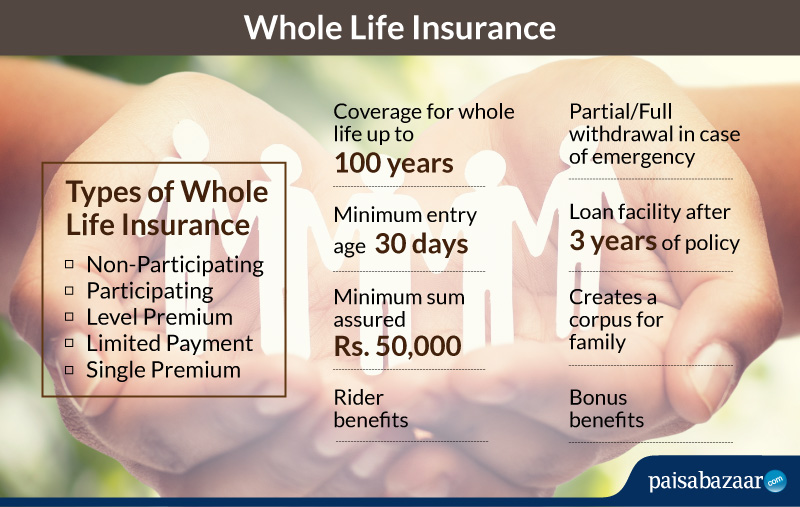Whole life insurance is a type of life insurance policy that provides coverage for the entire lifetime of the insured individual. Unlike term life insurance, which only provides coverage for a specific period, whole life insurance ensures that your loved ones are protected no matter when you pass away. In addition to the death benefit, whole life insurance policies also come with a cash value component that grows over time.
Indexed Whole Life Insurance
Indexed whole life insurance is a type of whole life policy where the growth of the cash value account is tied to the performance of a specific stock market index. The insurer determines the rate at which the cash value grows, typically based on an index like the S&P 500 or the Nasdaq composite. This means that the cash value can increase or decrease depending on the performance of the chosen index. Indexed whole life insurance offers the potential for higher returns but also carries some level of risk.

Variable Whole Life Insurance
Variable whole life insurance allows policyholders to have more control over how their cash value is invested. Unlike other types of whole life insurance, variable policies offer a range of investment options. The policyholder can choose to allocate their cash value to different investment vehicles such as stocks, bonds, or mutual funds. The value of the policy can fluctuate based on the performance of these investments. While variable whole life insurance offers the potential for higher returns, it also comes with a higher level of risk.
Single-Premium Whole Life Insurance
Single-premium whole life insurance is a type of policy where the entire premium is paid in one lump sum upfront. This means that instead of making monthly payments, you make a single payment that covers the cost of the policy for the entire duration. While this option may not be affordable for everyone, it offers the advantage of not having to worry about monthly payments. The cash value of the policy can still be utilized as with any other whole life insurance policy.
Joint Life Insurance
Joint life insurance is designed for couples who want to be covered under a single policy. This type of policy provides coverage for both individuals, and the death benefit is paid out when one or both policyholders pass away. There are typically two payout options for joint life insurance policies. The first option is that the death benefit is paid out when one person passes away, leaving the surviving spouse with the coverage. The second option is that the death benefit is paid out when both policyholders pass away, and it is then given to a designated beneficiary.
With joint life insurance, couples can ensure that their loved ones are financially protected in the event of their passing. It provides the convenience of a single policy, potentially saving on costs compared to two separate policies.
Benefits of Whole Life Insurance, Explained
:max_bytes(150000):strip_icc()/whole_universal.aspfinal-2c35be9d8325444d828e63ae598b2824.jpg)
Most whole life policies are “level premium,” meaning that you pay the same monthly rate for the duration of the policy. Those premiums are split in two ways. One part of your payment goes to the insurance component, while the other part helps build your cash value, which grows over time.
Many providers offer a guaranteed interest rate, although some companies sell participating policies, which pay unguaranteed dividends that can increase your total return.
Usually, your cash value doesn’t accrue until two to five years after coverage begins.4 Once it does, however, you can borrow or withdraw from your cash value amount, which grows on a tax-deferred basis. For example, you may want to do take out a loan to pay for expenses such as college tuition or repairs to your home.
The advantages of policy loans over other kinds of loans are that there’s no credit check and the interest rate may be lower. You also don’t have to repay the loan, but you will reduce your death benefit as a result. Withdrawals are generally tax free if you don’t take out more than you’ve paid into the policy.5
The ability to withdraw or borrow from a whole life insurance policy makes it a much more flexible financial tool than a term policy.
Conclusion

Whole life insurance offers lifetime coverage and a cash value component. Indexed whole life insurance ties the cash value growth to a specific stock market index, while variable whole life insurance allows policyholders to choose how to invest their cash value. Single-premium whole life insurance offers the advantage of a lump sum payment, and joint life insurance provides coverage for couples under a single policy. Each type of whole life insurance has its own benefits and considerations, so it’s important to carefully evaluate your needs and financial goals before choosing the right policy for you.
